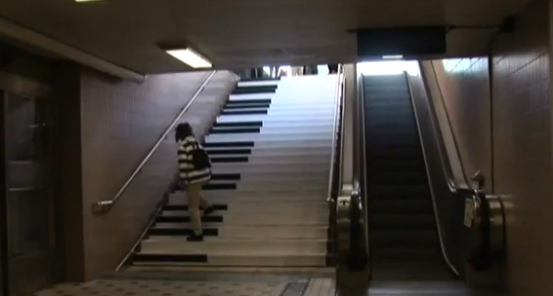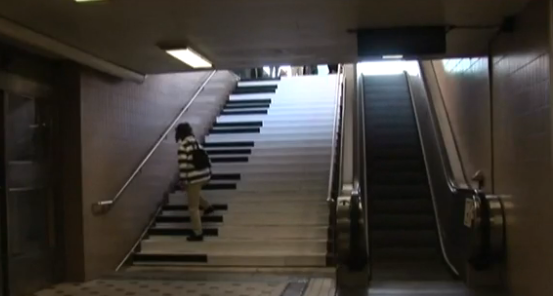The Syracuse-Onondaga County Planning Agency is in the process of updating Onondaga County’s 11-year old 2010 Development Guide – a plan that calls for investment in existing communities, sustainable urban and suburban settlement patterns, preservation of infrastructure and transportation assets, and protection of agricultural land and the natural environment. The update will take into account demographic and development trends and develop new policies for sustainable growth.
The 2010 Guide is just that, a guide; implementation of the plan requires compliance by the towns, villages, and city, and the individuals and businesses that compose the county. Megan Costa, who heads Planning Services for SOCPA, gave OCL a look at some of the regional trends and challenges at our October 20 study session.
Since 2000, almost 7,000 new residential parcels were created in the County, including 147 major subdivisions over 2,600 acres. All of this occurred with no new population growth. Average home size is up 40 percent in 20 years (even as family size decreases). Average lot size for units built inside the sanitary district is almost one acre. The number of rural acres used per new housing unit is almost three times the national average for metro areas.
From 2001-2008, water infrastructure expanded to include 290 miles of new water main, 15 new pumping stations, and 13 new storage facilities. In 2007, more than 57,000 feet of new sewer pipe was installed for new developments. Since 1998, the county added more than 12,000 acres to the sanitary district. At the same time, we also have a massive network of aging water and sewer pipes, capacity and overflow issues, challenges serving rural areas, and new federal and state permitting requirements. Since 2000, we have added 61 miles of road, mostly residential streets. Daily vehicle use is up 43 percent since 1990.
We have lost farmland, increased our carbon footprint, generated demand for new tax-supported public facilities and services, and abandoned neighborhoods, buildings and job centers in the city and inner ring suburbs. Are we ready to choose a new definition of progress?

